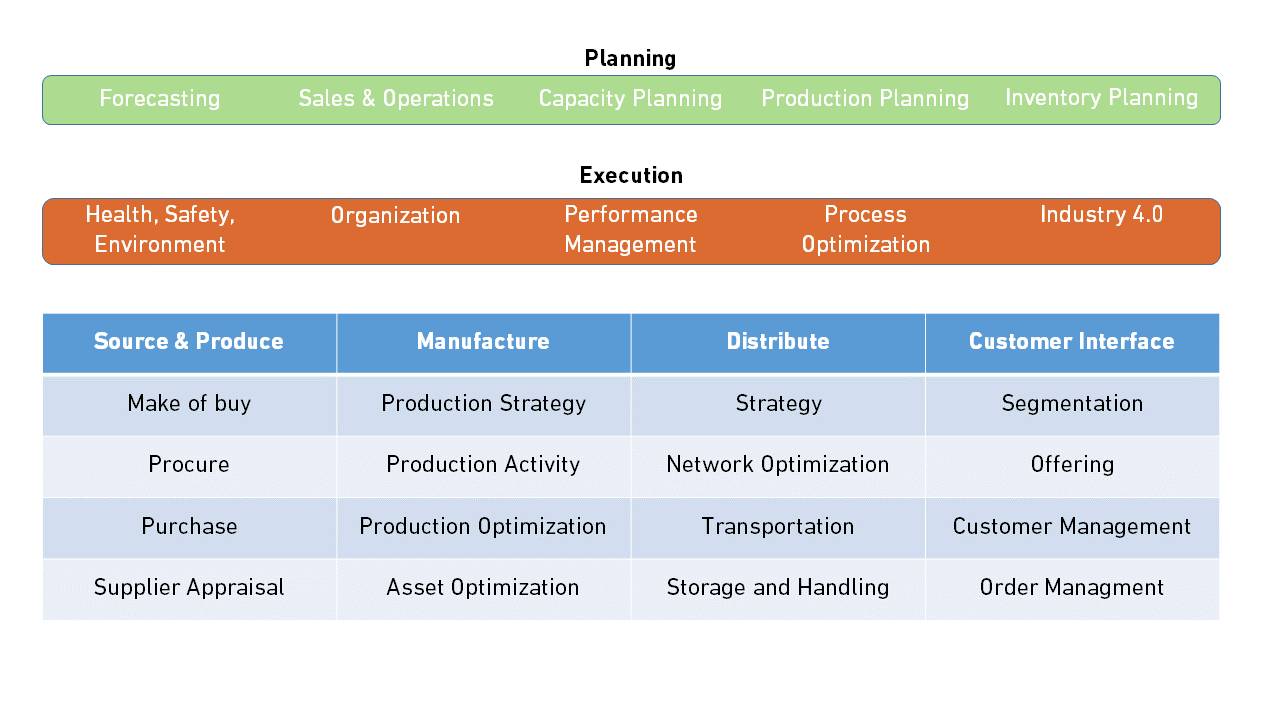Supply Chain Challenges in the Machining Industry
In the last years the entire global supply chain experienced immense pressure because of stresses caused by COVID-19, the war in the Ukraine, and related transportation issues. Our outlook for the rest of the year anticipates a continuation of the many disruptions we are currently seeing at every stage of the supply chain into 2023.

At a high level, there are many issues causing supply chain backorders. The COVID-19 pandemic resulted in worldwide factory shutdowns followed by high demand for products. In this situation, not only do customers have to wait longer for distributed goods, but manufacturers can’t acquire the materials necessary to build products. It became a vicious circle. No business was or is immune to these supply chain issues or associated logistics costs, including GF Machining Solutions.
Making things even worse, companies across the globe experienced labor shortages as workers had to quarantine, fell sick, or left their jobs seeking other opportunities. It left many industries, including the machining industry, with a demand higher than the capacities.
Some of our regular suppliers are not able to deliver, so we are forced to procure material on the spot market. The challenge here is often the lack of transparency in sustainability data. We are committed to providing superior customer value, and to investing in sustainable solutions and operations. Even now, most of our suppliers have to have a sustainability assessment rating and international certification, and we proactively support them to improve their rating results.
The war in the Ukraine added another dimension to the troubles with the rise of energy cost. In Italy for example energy prices increased 6-fold. It requires a deep understanding of the cost drivers (therefore procurement experts in different areas) to get into a good negotiating position. I am glad we have such experts in place.

At GF Machining Solutions the risk of disruption in sourcing of electronic components became already apparent in early 2021, and our Strategic Procurement Team began already to increase our inventory for critical parts back then.
There is no one-size-fits-all strategy or approach. Every company must conduct a thorough assessment of the core elements of its supply chain to evaluate which parts need to be addressed as a priority to mitigate the most pressing risk.
Here some of the solutions we discussed (or have already implemented):
- Inventory strategies
- Limit single sourcing (where possible) and move to a strategic sourcing mix of domestic and global suppliers
- Addressing extended lead times in planning and forecasting
- Manage risk and utilize providers’ leverage in the market
- Taking advantage of digitalization, improving data capture and integrity
This list is by no means complete, but shows that manufacturers must take immediate actions to ensure that they not only survive but thrive in this rather challenging environment. Smaller manufacturers especially do not have the luxury of a “wait-and-see” attitude to see if these supply chain constraints continue to deliver the same impacts in this coming year.
The situation seems to stabilizing, but not improving in the short term. The key is to ensure that you continually and proactively look to optimize every element of your Supply Chain, and keep monitoring the risks in all areas.
For GF Machining Solutions our customers are our partners. We try as best as we can to keep our promises, and stay in close contact with our suppliers and our customers to inform about the situation.
Please accept all cookies to view the youtube video content.